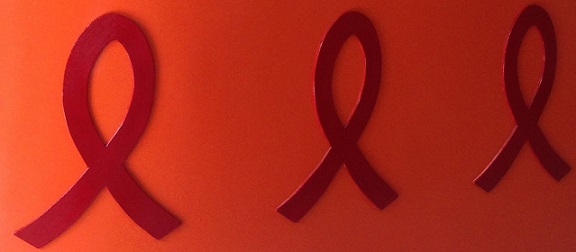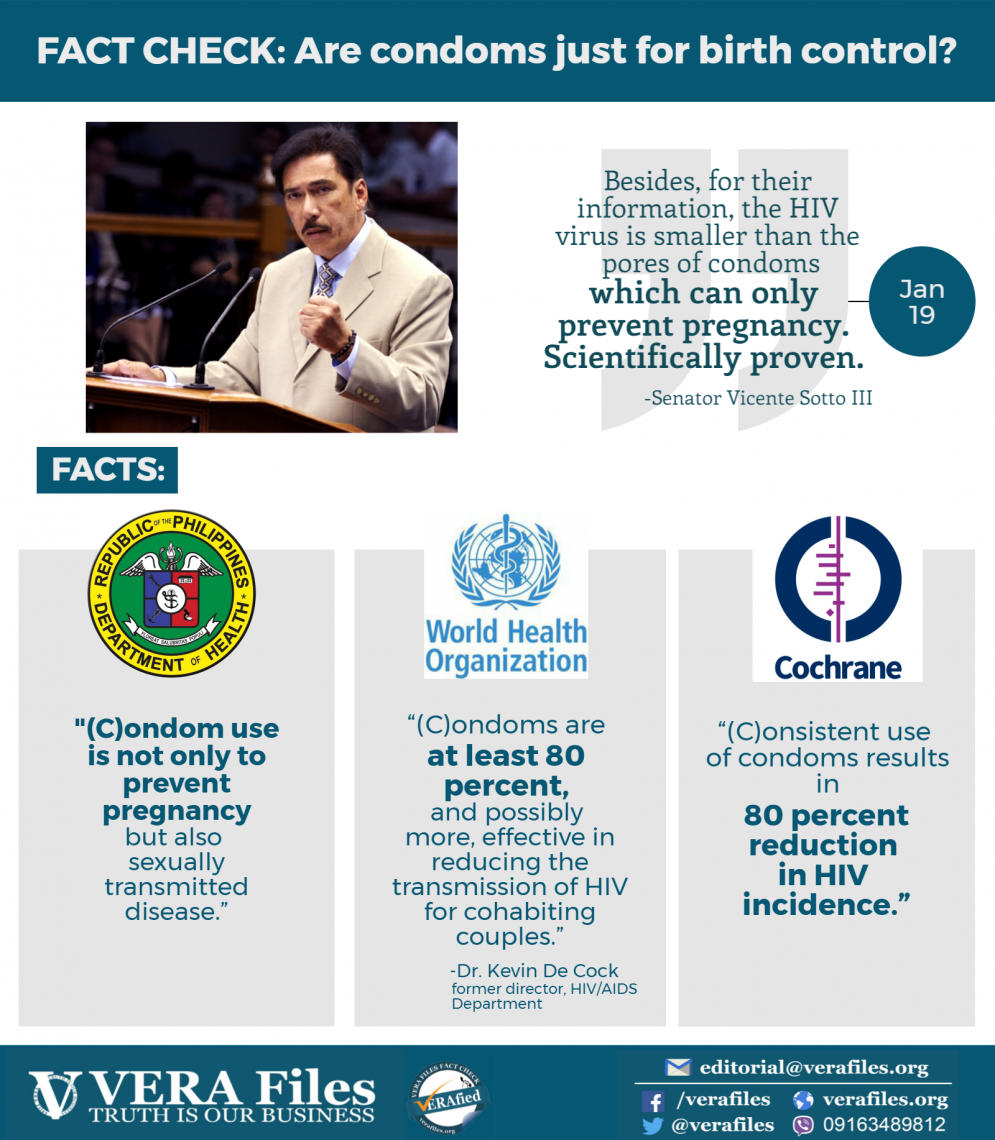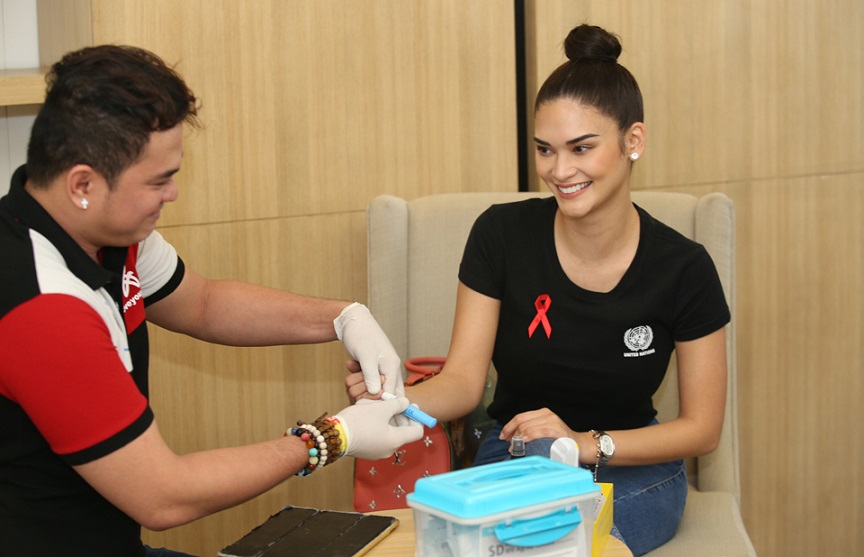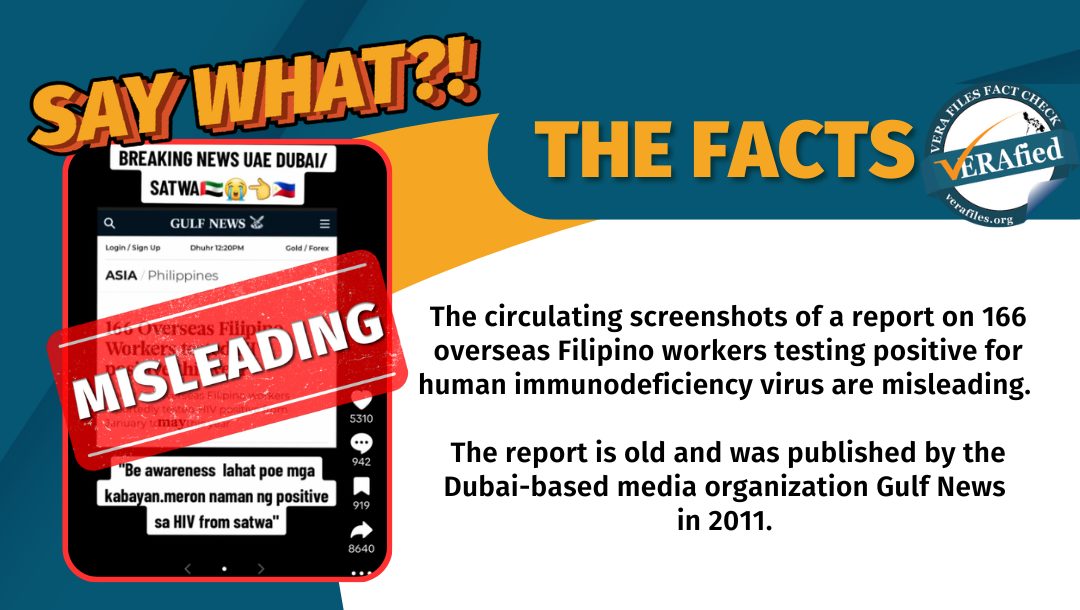By PATRICK KING PASCUAL
DEC. 1 is World AIDS Day.
 In the Philippines, World AIDS Day is commemorated with concern that the number of HIV cases and deaths from AIDS-related illnesses continues to rise although on the decline in other parts of the world.
In the Philippines, World AIDS Day is commemorated with concern that the number of HIV cases and deaths from AIDS-related illnesses continues to rise although on the decline in other parts of the world.
A Global AIDS Report released recently by the UNAIDS observed there has been a 25 percent decline in HIV infections and AIDS-related illness and deaths, and that countries who have given enough funding and attention to the problem have stabilized the rise, spread and deaths caused by the virus.
Merceditas Apilado, a UNAIDS social mobilization adviser, said the Philippines is “one of the exceptions …and the number of HIV infections and AIDS cases in the country continues to rise, and not lessen.”
The UNAIDS in Manila said the Philippines has not been making any progress in controlling and preventing the spread of HIV/AIDS.
UNAIDS noted that available programs in the country are not properly manned and fully supported by the government. They are either “underfunded or totally unfunded” and are unable to cope with the continuous rise of HIV/AIDS cases in the country.
In Metro Manila, the three available hubs for counselling and treatment of HIV patients are getting more and more saturated so that the most prominent of the three has imposed a 50-outpatient cut off every week. This forces the remaining patients who are cut off to travel even farther to the other hubs or wait another week for their check up.
In Cebu, the number of HIV positive patients doubled compared to the previous years. A government hospital, which is now a treatment hub for HIV patients, is adjusting their services to accommodate the number of patients who want to avail of the free counselling and medical attention the government is offering.
In Davao, the Reproductive Health and Welfare Center reported that there are 12 new HIV and AIDS-related screened and diagnosed cases every month. There are at least 36 HIV positive patients who seek free medical services every quarter in the said hub, showing a triple increase from the previous years.
An HIV positive patient who reaches the borderline CD4 count is advised by the doctors to start taking antiretroviral drugs (ARVs). After a series of counselling, the patient will start a three-month trial and will be closely monitored for possible side effects.
The antiretroviral therapy is a combination of two to three drugs, which a patient needs to take for life. The primary goal is to stay on the first-line drugs and not to progress to the second- or third-line drugs.
A physician in one of the treatment hubs said that the cost of the first-line generic drug in the commercial market is at least P9,000-up for a month’s supply while the second- and third-line drugs are even more expensive.
ARVs are provided for free by the Global Fund to the Philippine government through the Department of Health (DOH). This assistance from the Global Fund will end by 2012, hence, the free access to antiretroviral drugs will also be discontinued.
This worries patients with limited means like Jake, a 25-year-old HIV positive, whose CD4 count in a recent medical check-up was below the borderline, and has been advised that he needed to start his antiretroviral treatment.
The DOH has committed to allocate a budget for the provision of the antiretroviral therapy. Treatment hubs have already asked their patients to accomplish their PhilHealth documents, which will help them in paying for the ARVs.
This year’s theme of World AIDS Day is “Getting to Zero” — that is, zero new HIV infections, zero discrimination and zero AIDS-related deaths.
The World AIDS Campaign focuses on “Zero AIDS Related Deaths,” signifying a push towards greater access to treatment for all and a call for governments to act now.




